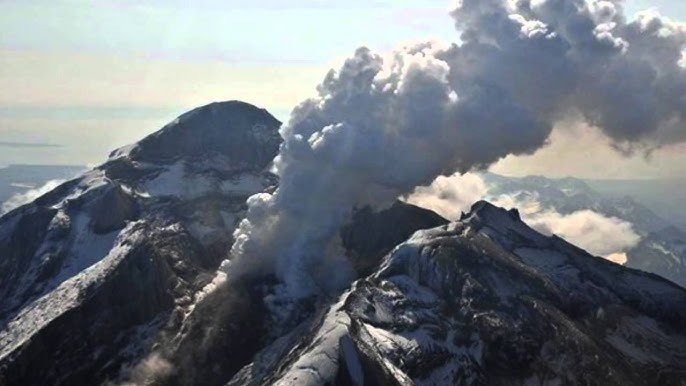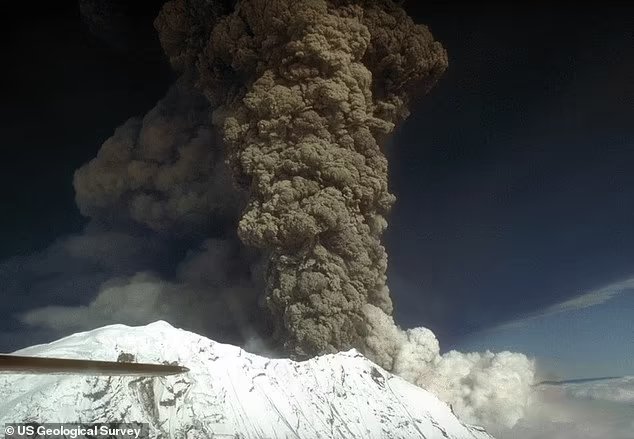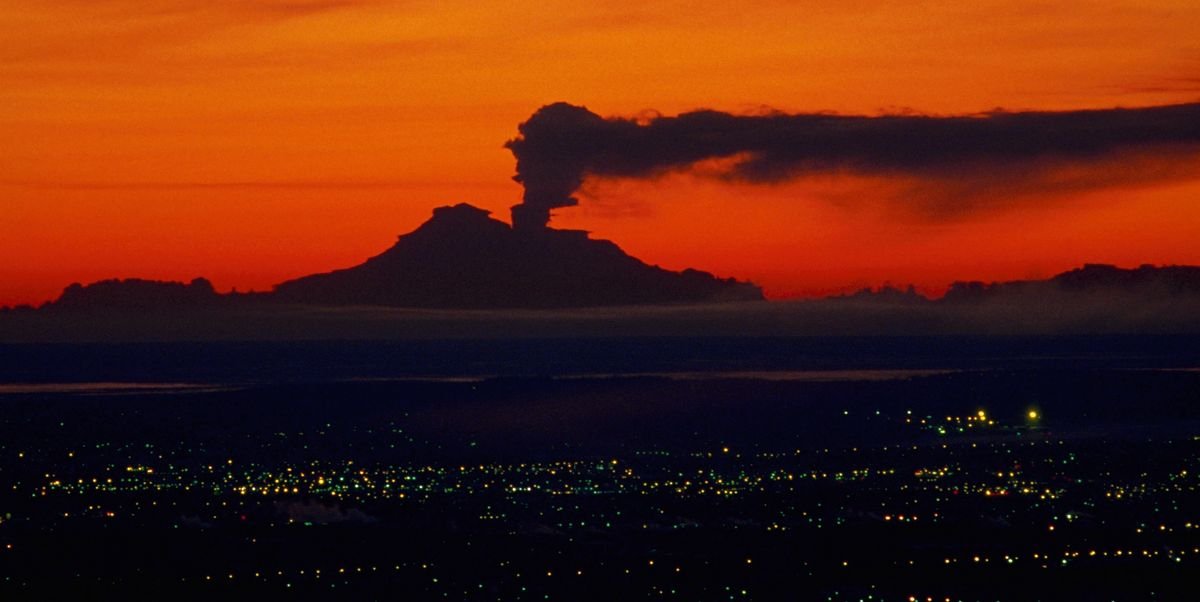A powerful earthquake has just shaken Mount Spurr, a massive 11,000-foot-tall volcano in Alaska, sending shockwaves through both the ground and the scientific community. The sudden seismic activity has raised alarm bells, with geologists warning that an eruption could be imminent. Located just 80 miles west of Anchorage, Mount Spurr has remained dormant for decades—but this latest development suggests the sleeping giant may be waking up.

The earthquake, which struck with enough force to register on regional seismic networks, occurred in the early hours of the morning and has since been followed by a series of smaller aftershocks. According to the Alaska Volcano Observatory (AVO), the quake was centered directly beneath the volcano, increasing the likelihood that magma movement could be underway. While no eruption has occurred yet, experts stress that the situation is highly volatile and could change at any moment.
Mount Spurr last erupted in 1992, sending ash clouds over Anchorage and disrupting air travel across Alaska. Since then, it has been closely monitored by scientists. In recent months, small tremors and slight ground deformation were noted, but the recent earthquake marks a significant escalation in activity. AVO has now raised the volcano alert level to **“Watch”** and issued a **Yellow Aviation Alert**, indicating increased unrest and potential hazards for aviation in the area.

Local residents are being urged to stay informed and prepare for possible evacuation should the situation worsen. Emergency officials have activated contingency plans, and nearby communities have been advised to monitor updates from both AVO and the U.S. Geological Survey. While volcanoes can be unpredictable, a pattern of strong seismic activity directly beneath the summit often signals magma rising through the crust—one of the final precursors to an eruption.
If Mount Spurr were to erupt, the consequences could be severe. Beyond immediate threats to nearby populations, the volcano has the potential to release massive ash clouds into the atmosphere, affecting air travel across North America and posing risks to health, infrastructure, and the environment. Ashfall could reach Anchorage and surrounding areas, disrupting power, water systems, and transportation.

For now, all eyes remain on Mount Spurr. Scientists are working around the clock to analyze seismic data, gas emissions, and satellite imagery to better understand what’s happening beneath the surface. Whether this latest earthquake is a warning shot or the beginning of something far more catastrophic, one thing is certain: the next few days are critical. As nature reminds us of its unpredictable power, Mount Spurr may soon make headlines not just for rumbling—but for roaring back to life.
